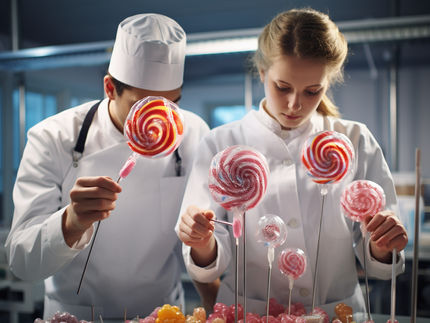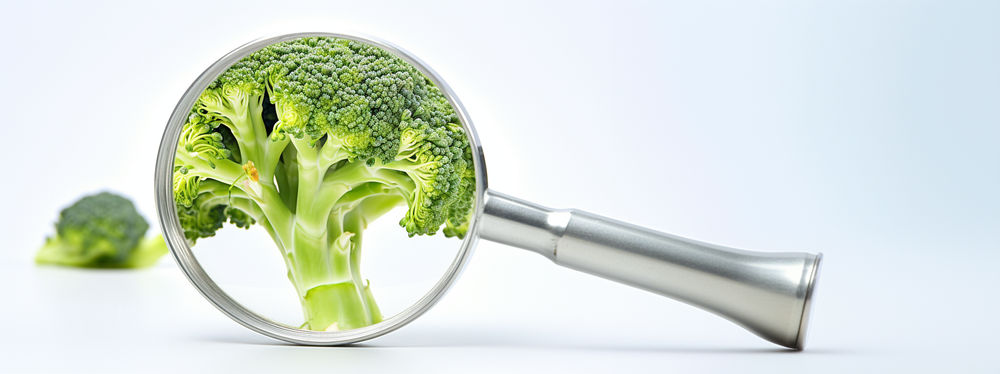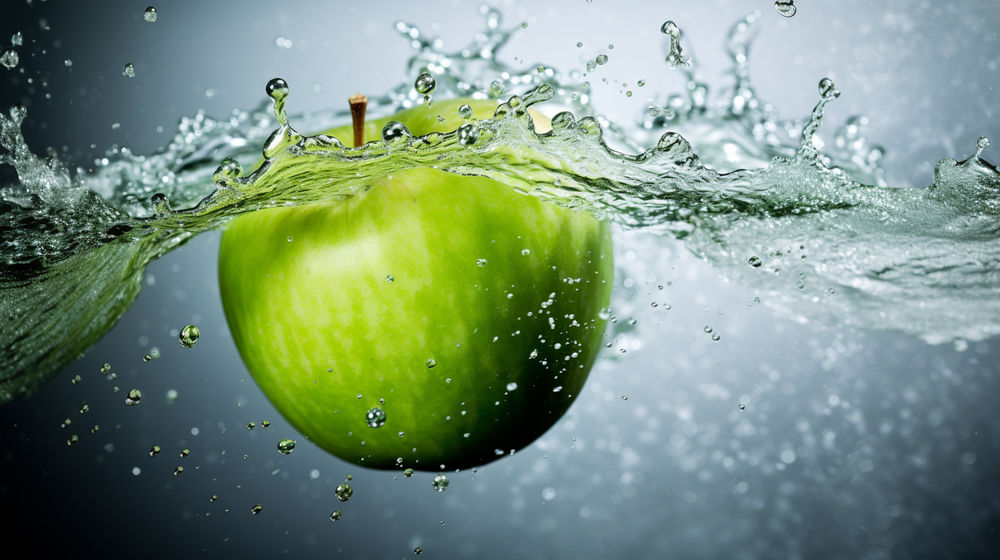Insects as Food and Feed - Food of the Future?
BfR organises scientific symposium on the current status of the discussion and presents a study on acceptance by the general public
Advertisement
More research should be carried out on the possible health risks posed by insects as foods and feeds. For this reason, the Federal Institute for Risk Assessment (BfR) is organising the BfR symposium "Insects as food and Feed - Food of the Future?" on 24 May 2016 in Berlin. "Insects as a source of food is arousing more and more public interest," says BfR Vice-President Professor Dr. Reiner Wittkowski. "It is therefore all the more important to clarify how safe these new foods are". To date there are hardly any studies on the toxicological and microbiological safety of insects. There is repeated public discussion about insects being a groundbreaking, sustainable food source, as the ecological, economical, physiological and ethical advantages are alleged to outweigh those of meat. According to a current representative BfR survey, the majority of Germans assume that the consumption of insects does not involve a health risk, but they would like more information on this before they would be willing to eat them.
According to the estimation of the United Nations Food and Agriculture Organisation (FAO), more than 1900 insect species are eaten all over the world. In Europe, however, their consumption and use as feed for livestock have not been common up to now. Under EU food law, they are classed as novel food. Most of the globally consumed insects are currently taken from nature, but industrial breeding under controlled conditions is the aim if insects are to be used as foods or feeds. There is a considerable need for research here, both with regard to the technological preparation and processing stages, as well as toxicological and microbial safety.
When assessing the possible health risks, the toxicological properties of the ingredients, contaminants and residues of foods and feeds made from insects have to be considered. The possible allergenic potential of foods made from edible insects should also be taken into account, while the microbiological risks and questions of hygiene in the selection, farming and breeding of insects are other important aspects.
From a nutritional point of view, insects are regarded as a beneficial food source. Many insects are rich in high-quality proteins. Their average protein content lies between 35 and 77 percent. In this regard, insects are also under discussion as an alternative to imported protein feeds such as soya. The average fat content of edible insects is 13 to 33 percent and their energy value is comparable to that of meat. Insects also contain roughage and, depending on the species, a variety of micronutrients and vitamins. For this reason, a decisive role is being ascribed to them, especially for the future of global food security.
Edible insects are regarded as an ecologically and ethically meaningful alternative to meat. The environmental balance in the production of insects as a protein supplier is regarded as favourable because as cold-blooded animals, they require less energy than traditional livestock. This means that their feed utilisation efficiency is estimated to be higher and their CO2 balance more favourable than in meat production with warm-blooded farm animals such as cattle, pigs and poultry. From the aspect of animal welfare too, the farming and consumption of insects are seen as less likely to pose problems.
The BfR has commissioned two studies on the reporting and risk perception of insects as foods and feeds, the results of which are to be presented at the symposium.
According to the latest BfR representative survey, a majority of Germans would accept insects as feed, but opinion among respondents is divided where the acceptance of insects as food is concerned. Above all the high protein content is given as an advantage, whereas the individual repulsion barrier is given as the greatest disadvantage. The majority of those questioned presume that there are no health risks involved with the consumption of insects, but they still would not eat them. Acceptance of insects as food would rise, according to the study, if they were processed to be unrecognisable as such and if more information was available, especially on health aspects. The greatest acceptance of insects as food is to be found among educated urban males aged between 18 and 30 years.
The German media have reported mainly positively on insects as food over the last two years. The high protein content and significance for global food security are seen as advantages. Health risks have hardly been mentioned at all in the media up to now. The rejection of insects as food and unclear regulation within the European Union are being discussed as disadvantages in marketing.

































































